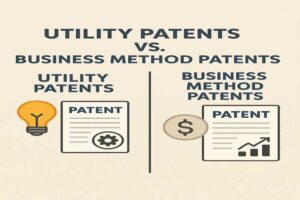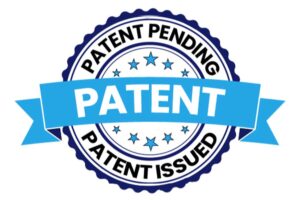Once your company has convinced the managing underwriters for the offering and wants to begin the IPO process in earnest, an organizational meeting with management, the underwriters, counsel and possibly the auditors will be scheduled.
The purpose of this organizational meeting is to discuss the offering process and economics, the proposed offering schedule, allocation of responsibilities and any potential issues that may be encountered during the offering process. It is critical that you work with legal counsel to prepare for the organizational meeting due to the breadth and depth of information presented and discussed.
Never underestimate the complexity and time it takes to prepare for the organizational meeting. Being organized and efficient will set the tone for a well-coordinated, thoughtful and business-like approach to the IPO, which will help the company conduct an IPO that proceeds effectively and on time.
The underwriters and company should tailor the agenda for an organizational meeting to the particular circumstances of the company and the initial public offering contemplated. Below are some common items on an organizational meeting agenda:
Sample Agenda of IPO Organizational Meeting
The agenda for an organizational meeting typically includes discussion of the following topics:
- 介绍
- Introductions of company management team and its legal counsel and auditors, and the underwriting group and its legal counsel
- Structure of offering
- Size of offering, including amount, primary and shares, and the over-allotment option (a/k/a the “Green Shoe” option)
- Number of shares outstanding and overhang (i.e. shares that will be issuable pursuant to exercise of options and warrants after completion of offering)
- Recapitalization of company (e.g., stock split or reverse stock split) that will be required prior to offering
- Anticipated use of proceeds
- Selling stockholders
- Lock-up agreements
- Distribution objectives and syndication (institutional and retail; domestic and international; directed shares program)
- Selection of listing exchange
- Directed share program for employees or others
- Timetable for offering
- Drafting and due diligence
- Availability of audited financial statements
- Whether the issuer qualifies as an “Emerging Growth Company” and, if so, whether to take advantage of the confidential submission process and other benefits available to an EGC in connection with the offering (e.g., only provided two years of audited financial statements)
- Target filing/submission date for S-1
- Roadshow schedule
- Target offering and closing date
- Potential timing conflicts
- Accounting and financial issues
- Presentation of financial statements
- Accounting issues, including cheap stock charges
- Tax issues
- Legal, regulatory and disclosure issues
- Pending or anticipated material transactions, including mergers and acquisitions
- Outstanding legal issues, such as current litigation and labor relations
- Anticipated FINRA or blue sky problems and desirability of pre-filing conference with the SEC, blue sky authorities and/or FINRA
- Regulatory issues and any necessary legal opinions
- Related party transactions and insider loans
- Restrictions on publicity and press releases, including company website
- Corporate governance, including board and committee composition and Sarbanes-Oxley compliance
- Arrangements with stockholders, including registration rights
- Circulation of D&O questionnaires
- Printing the prospectus and miscellaneous topics
- Selection of financial printer
- Discussion of use of color, pictures and logo
- Selection of transfer agent
- D&O insurance
- Assignment of responsibilities for tasks and next steps
- Presentations by company management







